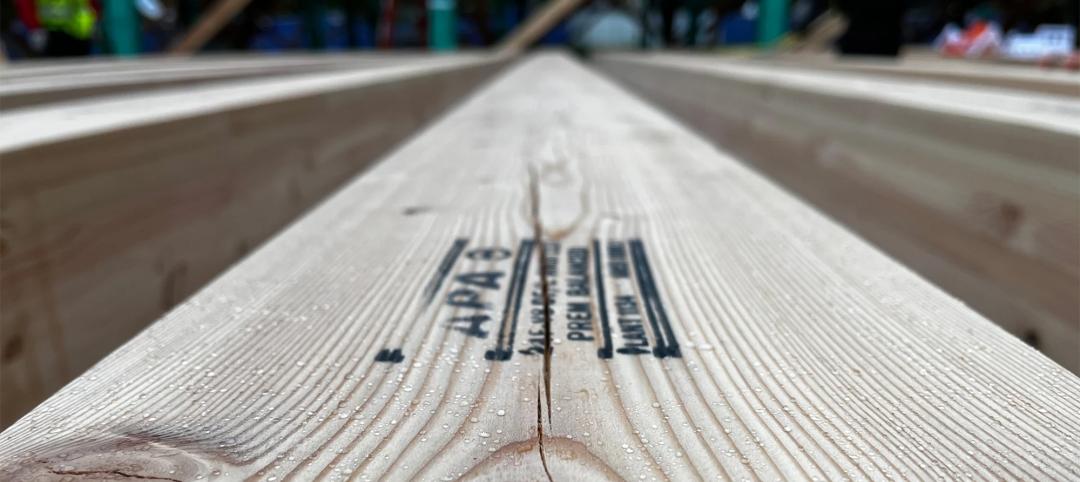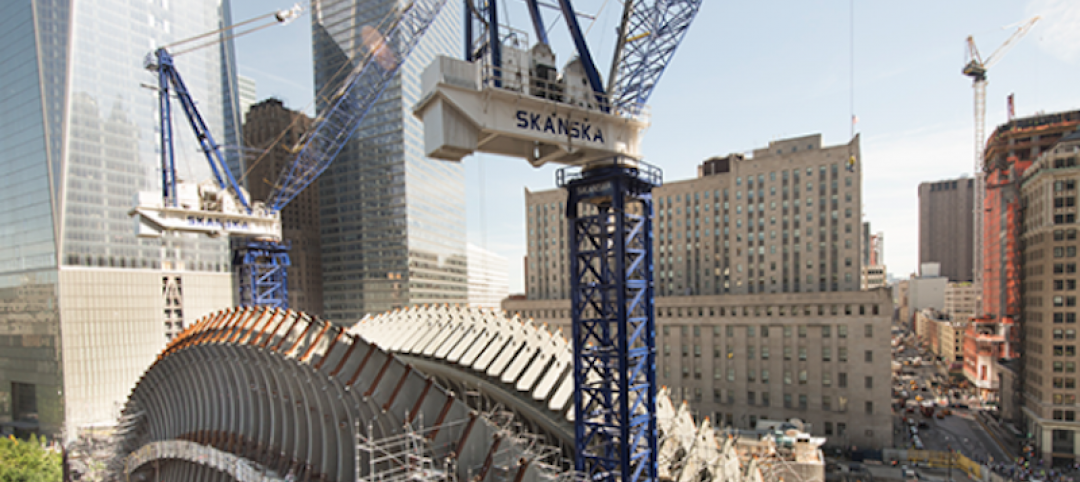PDFs are the de facto format for digital construction documentation. Yet, there is no set standard for how to produce PDFs for a project. This is an industrywide problem. Every firm and every team are creating their own process, and that is creating big inefficiencies for both construction and building operation. Now, one group is trying to bring the industry together to improve the outcome and efficiency for all.
At Skanska USA, we spearheaded the creation of the Construction PDF Coalition—made up of both designers and constructors—in order to address this issue head on, with the multidisciplinary approach necessary for the task. The coalition’s goal is to create a set of defining standards for documents in order to better leverage digital information being shared among designers, constructors, and all project team members.
Some easy PDF adjustments can pay big dividends. For instance, take hatching (the pattern or shading used to indicate materials on drawing cross-sections). If a designer creates very detailed PDFs in huge file sizes, it’s often challenging for the contractor to access those documents on mobile devices in the field. Adjusting the hatching in a standardized way would help alleviate this issue.
Another key standard: By being consistent with how drawings and other documents are organized and identified, both job site operations and building maintenance by the owner will be improved through easier data identification.
Gateway to 3-D
This movement aims beyond more efficient job site workflows and reduced environmental impacts by encouraging more paperless jobsites, however. Another major improvement made possible through standardized PDFs is accelerating our industry’s ability to work in the 3-D realm—a technological advancement that is already well under way.
By taking the PDF document—which has been and continues to be a raw, unrefined resource—and providing industry guidelines for usage, the standards will allow AEC teams to more efficiently consume 3D data through the PDF. (Today, 3D models are typically viewed through such software as Navisworks or Revit, both of which require significant computing resources not always available to the workforce.) The coalition is also actively collaborating with Autodesk to further enhance what native content carries over to the PDF.
Call to action
Ultimately, the coalition seeks to reduce the amount of time project teams spend digesting information. Rather, they can better use that time to focus attention on client’s needs and the end product. All of this will increase the baseline abilities of the AEC industry while pushing jobsite sustainability further.
Here’s where you come in. So far, these guidelines have gone through eight iterations as we incorporate feedback from architects, engineers, designers, constructors, and owners. We still want to hear from you! Please consider filling out this survey to share your thoughts on PDF construction documents. We’ll use your feedback to continue our work in building a better PDF.
About the author
Kyle Hughes is a Senior Project Engineer at Skanska USA Building.
More from Author
Skanska | Sep 26, 2024
5 lessons in water mitigation for mass timber projects
Sustainability leaders from Skanska, RDH, and Polygon share five tips for successful water mitigation in mass timber construction.
Skanska | May 6, 2024
The benefits of biophilic design in the built environment
Biophilic design in the built environment supports the health and wellbeing of individuals, as they spend most of their time indoors.
Skanska | Dec 4, 2023
4 key innovations and construction trends across airport design
Here are some of the key trends Skanska is seeing in the aviation sector, from congestion solutions to sustainability.
Skanska | Jun 29, 2023
K-12 school construction: 5 ways strong community relations can lead to success
When constructing a K-12 school, building positive relationships with the community—including students, parents, school staff and residents—is critical to the success of the project. Here are five ways Skanska puts the community first when building K-12 schools in the Pacific Northwest.
Skanska | Mar 14, 2023
Skanska tests robots to keep construction sites clean
What if we could increase consistency and efficiency with housekeeping by automating this process with a robot? Introducing: Spot.
Skanska | Jan 27, 2023
Key takeaways from Autodesk University 2022
Autodesk laid out its long-term vision to drive digital collaboration through cloud-based solutions and emphasized the importance of connecting people, processes and data.
Skanska | Dec 5, 2022
5 ways sustainability professionals can help reduce construction's carbon footprint
Mark Chen, Sustainability Manager at Skanska, has found five specific ways to help the construction industry reduce its carbon footprint.
Skanska | Jul 5, 2022
Tour the new Patricia Reser Center for the Arts in Oregon
This month, the community of Beaverton, Oregon, welcomed a new haven for artistic expression with the opening of Patricia Reser Center for the Arts (The Reser).
Skanska | Jun 22, 2018
What owners should know before choosing the design-build project delivery method
Outside of drawing up a well-written contract, owners often overlook a key attribute that can significantly impact the success of a design-build project, writes Skanska’s Julie Hyson.
Skanska | Dec 7, 2017
Busting the myths: What the “S-word” can mean for construction and development
Sustainability, it’s a trendy term. The problem, however, is that it’s being used in so many different ways that people don’t even know what it means anymore.
















